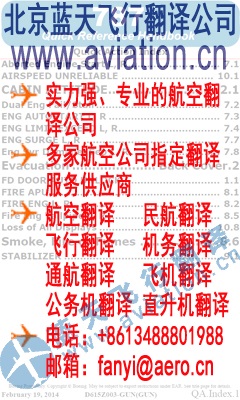曝光台 注意防骗 网曝天猫店富美金盛家居专营店坑蒙拐骗欺诈消费者
Fidelity rating Definition
High Motion sensations are like those of flight
Medium Motion sensations are noticeably different from flight, but not objectionable
Low Motion sensations are noticeably different from flight and are objectionable
Results
Objective Performance Data
Again, compelling performance differences occurred between full motion and no motion, as shown in figure 72. The solid lines in the figure represent full motion (Kroll = Klat = 1), and the dotted lines represent no motion. When transitioning from full to no motion, performance degraded, and the magnitude and rate of control inputs increased. Pilot-vehicle performance degra-dation typically becomes more marked as the dependency on the pilot for control and stabilization increases. The magnitude and rate of control input increases, because the pilot is now trying to extract vehicle state information kinesthetically (via sensing position and forces in the limb-manipulator system), since the platform cues that supplied lead information directly (from vehicle accelera-tion) are now missing. These tendencies are consistent with the other studies in this report.
Figure 73 illustrates how overall positioning performance varied with the configurations. Pilots assigned numerical values to designate performance levels: a 1 for desired performance; a 2 for adequate performance; and a 3 for inadequate performance. Since pilots flew three runs for each configuration, their performance for each one of the three runs was assigned a value. Thus, if adequate perfor-mance was achieved on all three runs, the score was 6. Mean and standard deviations are shown.
5
0
-5
Time, sec
10
Lateral stick, in
8 6 4 2 0 -2 -4 -6 -8 -10
y , ft/sec
Y, ft
Figure 72. Full motion vs. no motion for roll/lateral experiment.
The objective positioning performance varied little with Lateral stick rms position averages are shown in configuration. Most pilots were able to achieve desired figure 74. The highest average rms values are for the performance for the runs, except for the fixed-base run. fixed-base condition. As the amount of motion increased, Two of the three pilots did not obtain desired performance the resulting rms stick position generally decreased. consistently without motion.
Figure 75 shows how rms of the lateral stick rate varied over the configurations. Each value represents the average of the three rms values (one for each pilot) for a concate-nation of three time-histories (one for each run). The fixed-base condition resulted in higher rms stick rates than the larger motion conditions (Klat = 1/Kroll = 1; Klat = 0.8/Kroll = 0.6; Klat = 0.8/Kroll = 0.4; Klat = 0.6/Kroll = 0.6). Comparisons with and among the remaining configurations are less clear.
Subjective Performance Data
Figure 76 shows how the motion fidelity ratings changed versus roll gain and lateral translational gain. Numerical values of 1, 2, and 3 were assigned to fidelity ratings of Low, Medium, and High for determining the averages. All pilots rated the fidelity of the fixed-base case as Low. In general, as the amount of motion increased (increasing both Klat and Kroll) the rated motion fidelity improved. Interestingly, as Kroll increased for a fixed Klat, fidelity improved. This situation increases the false lateral specific force cue, which would suggest a fidelity degradation. However, it appears this degradation was more than compensated for by an increase in roll fidelity.
直升机网 www.helicopter.cn
直升机翻译 www.aviation.cn
本文链接地址:Helicopter Flight Simulation Motion Platform Requirements(52)
|




